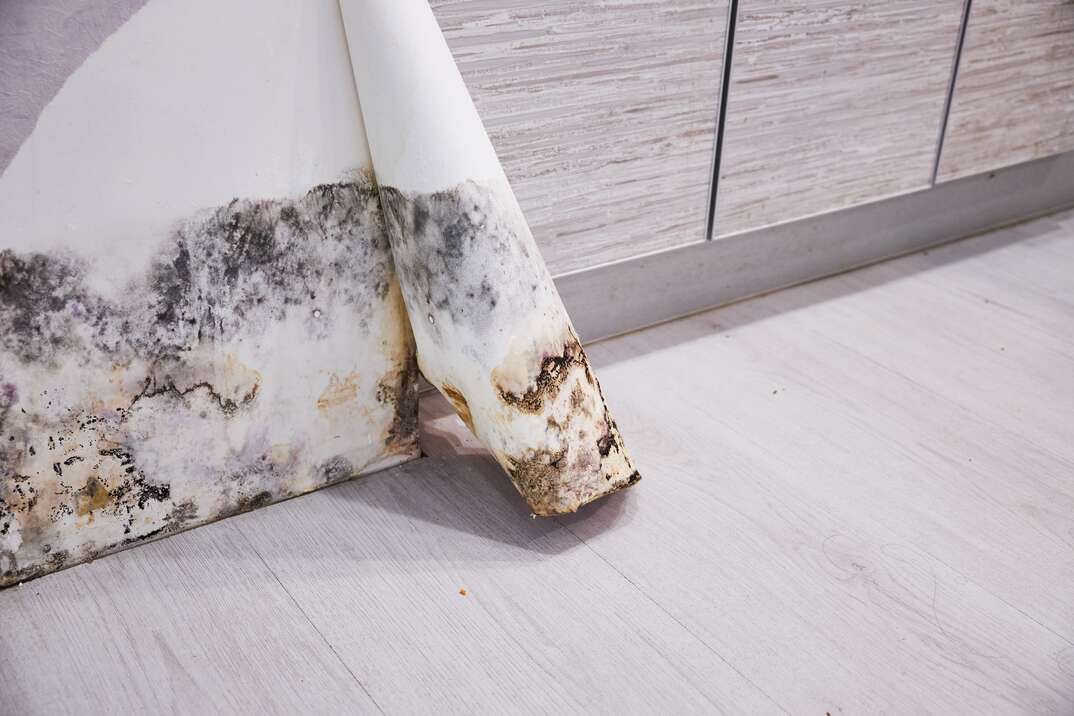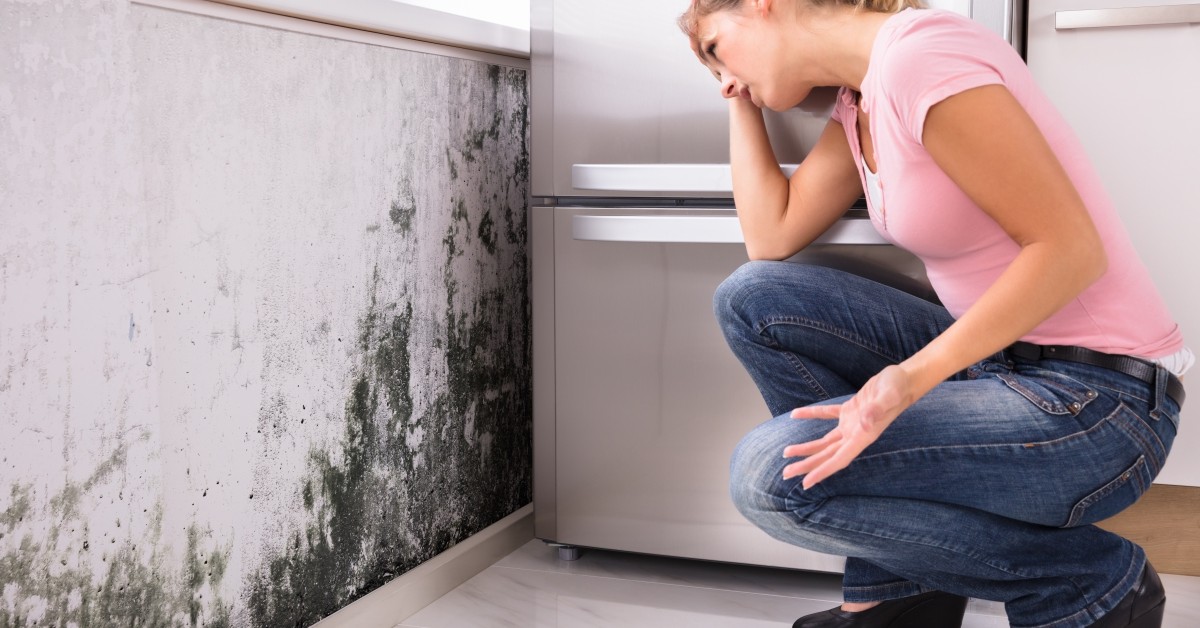Specialist Tips for Message Mold Remediation Success
In the realm of mold and mildew remediation, successfully getting rid of mold is only half the fight; truth challenge depends on preventing its reappearance. Post-remediation initiatives play an essential duty in making sure a mold-free setting in the long term. By adhering to experienced pointers and finest methods, individuals can secure their rooms against mold rebirth and keep a healthy and balanced indoor setting. It is in this phase of the remediation process that focus to detail and proactive steps genuinely make a distinction.
Display Moisture Degrees Frequently
Normal tracking of moisture degrees is important in making sure the effectiveness of blog post mold and mildew remediation initiatives. After finishing mold and mildew removal procedures, maintaining optimum humidity degrees is crucial to avoid mold and mildew re-growth and make sure a healthy and balanced interior environment. Monitoring humidity degrees enables for early discovery of any type of spikes or fluctuations that can possibly result in mold and mildew resurgence. High moisture degrees above 60% produce a conducive setting for mold and mildew to grow, making regular keeping an eye on a positive step to avoid any type of future mold problems - Post remediation mold testing near me.
Additionally, establishing a routine schedule for humidity checks, specifically in high-risk locations such as restrooms, kitchens, and cellars, is a proactive approach to mold and mildew prevention. By regularly monitoring moisture levels, building proprietors can successfully reduce the threat of mold and mildew reoccurrence and maintain a healthy and balanced interior environment post-remediation.
Conduct Thorough Inspections Post-Remediation
Following the conclusion of mold and mildew removal procedures, it is imperative to perform comprehensive examinations to validate the effectiveness of the removal process. These post-remediation assessments are essential in making certain that the mold and mildew concern has been successfully dealt with and that there is no reappearance or continuing to be mold growth. Inspections need to be executed by qualified experts that have knowledge in recognizing mold and examining interior air quality.
Throughout these inspections, different approaches such as aesthetic assessments, air sampling, and surface area tasting may be employed to extensively review the remediated locations. Aesthetic assessments include a thorough assessment of the premises to look for any visible indicators of mold and mildew development or water damage. Air tasting aids in determining the air-borne mold and mildew spore levels, while surface tasting can discover mold particles on surface areas.
Implement Proper Air Flow Techniques
After making certain the efficiency of the mold and mildew remediation procedure via thorough examinations, the following crucial step is to focus on executing proper air flow techniques. Ample air read this post here flow is necessary in avoiding mold and mildew reoccurrence by controlling dampness degrees and advertising air blood circulation.
Correct ventilation not only aids in avoiding mold and mildew growth but also contributes to the total health and comfort of residents. By guaranteeing appropriate ventilation throughout the building, you can decrease the risk of mold and mildew regrowth and create a healthier living setting.

Usage Mold-Resistant Materials for Services
To improve the long-lasting performance of mold remediation efforts, including mold-resistant materials for repair work is critical in mitigating the risk of future mold growth. Mold-resistant products are designed to withstand wetness and prevent mold and mildew growth, making them a vital selection for locations prone to dampness and moisture. When fixing locations influenced by mold, utilizing materials such as mold-resistant drywall, mold-resistant paints, and mold-resistant caulking can assist avoid mold reappearance.
Mold-resistant drywall is an exceptional alternative to typical drywall in locations like restrooms and basements where wetness levels are higher. This sort of drywall has a special finishing that stands up to mold and mildew development also when subjected to damp problems. Additionally, making use of mold-resistant paints having antimicrobial representatives can even more prevent mold and mildew advancement on ceilings and walls.
In areas where moisture is common, such as kitchen areas and washrooms, utilizing mold-resistant caulking around windows, tubs, and sinks can help secure out water and stop mold and mildew from taking hold in cracks and holes. By spending in these mold-resistant products during fixings post-remediation, you his explanation can dramatically reduce the possibility of future mold issues and preserve a healthier indoor environment.
Maintain Tidiness and Address Water Issues
After mold and mildew remediation, it is vital to preserve a clean environment to stop the regrowth of mold. Leaks, water intrusion, or high humidity levels can develop the perfect breeding ground for mold and mildew, so it is imperative to fix any kind of water-related problems quickly.
To keep tidiness, think about using HEPA filters in vacuums and air cleansers to trap mold and mildew spores and avoid their circulation airborne. Additionally, making sure appropriate air flow in areas vulnerable to moisture accumulation, such as restrooms and kitchen areas, can help maintain humidity levels in check. By remaining cautious regarding cleanliness and resolving water issues quickly, you can successfully protect against mold reinfestation and keep a healthy interior environment.
Verdict

In the realm of mold removal, efficiently removing mold is just half the fight; the real difficulty lies in avoiding its reappearance. After finishing mold and mildew removal procedures, maintaining optimal humidity levels is essential to prevent mold and mildew re-growth and guarantee a healthy interior atmosphere. High moisture degrees above 60% develop a favorable atmosphere for mold and mildew to prosper, making normal keeping track of a positive procedure to stop any type of future mold and mildew concerns.
To boost the long-term efficiency of mold removal initiatives, including mold-resistant products for repair work is essential in alleviating the danger of future mold growth. After mold remediation, it is vital to preserve a tidy environment to avoid the regrowth of mold.
Comments on “Ensuring Post Remediation Verification Precision”